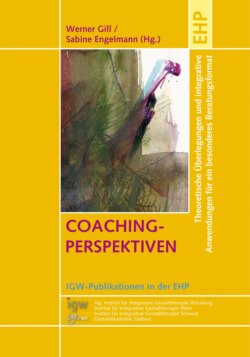Читать книгу COACHING-PERSPEKTIVEN - Группа авторов - Страница 47
Field
ОглавлениеThe Gestalt approach advocates more than a holistic view of the person. In Gestalt, the person and the environment do not exist as separate entities. At every moment a person is inevitably a part of a field (Wollants 2007). For example, when we talk about consciousness, we don’t refer to the awareness of internal processes, but to the awareness of person-world interactions that include knowing how the person is affected by the world, how this interaction manifests itself and what needs to happen in a particular situation (Nuttin 1955, according to Wollants 2007). Similarly the needs we experience are, on most occasions, a result of our interaction with the world. The situation is always a product of a reciprocal relationship between the person and the world: personal needs affect the way one experiences the world, and the forces from the environment affect personal needs (Wollants 2007).
Regardless of the type of the problem addressed in coaching, which is most commonly related to the professional environment, a coach always has to keep in mind the complete and whole person in front of him as well as her current situation.
The goal of Gestalt therapy, which can be transferred to the area of coaching, is to support the client in gaining freedom to adequately respond to the demands of the situation and thus complete arrested development. Reorganization may mean changing certain elements in the environment. This view has radical implications for all aspects of life: family, social, political, and organizational (Wollants 2007). One of the most extreme examples is when a client, at the end of the coaching process, makes a decision to leave the organization he is employed in (Čanić 2013).
